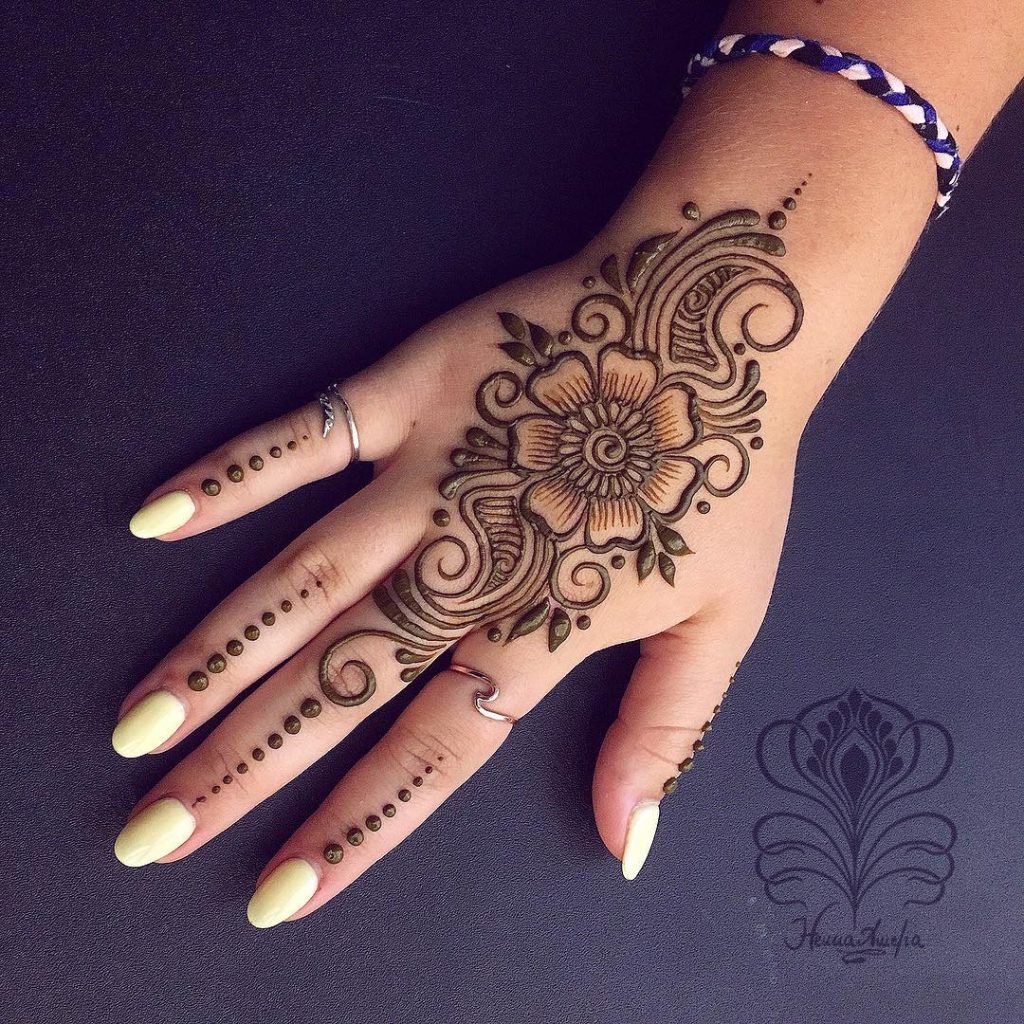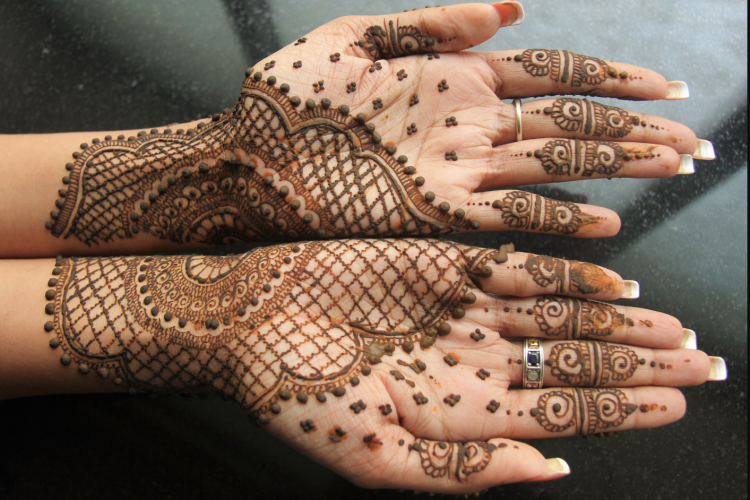In the tapestry of South Asian festivities, the Mehndi, or Henna as it is commonly known, stands out as a vibrant thread of tradition, weaving patterns of joy and celebration onto the canvas of the skin. The term ‘Henna’ has its roots in the Arabic language, and it is referred to as ‘Mehndi’ in Urdu and Hindi, derived from the Sanskrit ‘Mendhika’, signifying the red dye. A recent experience at a Pakistani friend’s birthday party offered the ‘Global Times’ reporter a firsthand immersion into the art of Mehndi.
The artisan tasked with adorning the hands of the attendees was a young girl from a neighboring village. Despite her youth, her hands moved with the grace and expertise of an old soul. She began by extracting a long, conical tube of Henna paste, akin to a cake decorator’s piping bag, snipping a small opening at its tip, and then gently squeezing out the deep reddish-brown dye. Initially uneven, the dye was smoothed out on a prepared tissue, after which she commenced her creative endeavor on the back of the hand.

Without the need for visible contemplation, the girl drew a line around the wrist, thickening it upon repetition, then proceeded to craft diamond-shaped grids adorned with petite flowers, conjuring a resplendent bracelet. Spiraling flowers trailed across the hand, linked by dotted ‘chains’ to the fingers, which were meticulously decorated with jewel-like patterns, as if adorning each digit with a ring of blossoms and brocades.
As the dye permeated the skin, the reporter described a sensation of coolness and tingling, accompanied by a faint numbness and a distinctive scent reminiscent of the ink used in calligraphy during childhood. After one hand was adorned, it was crucial to avoid contact with the design until the dye set. The other hand was decorated with equal ease and precision, the patterns seemingly etched in the girl’s memory.
With both hands intricately painted, a wait of approximately fifteen minutes ensued before the surface dye could be washed off. Allowing more time would see the dye dry and crack, even peeling off. Once the surface dye was removed, the true beauty of the Mehndi was revealed; the color lightened from its initial near-black redness to a radiant reddish-brown, resembling a layer of exotic red-brown lace over the skin.

The young artisan was reputed to be a master of Mehndi in her village, sought after during festivals and celebrations. She recounted learning the art naturally, having grown up watching her mother, absorbing the skill through observation and practice.
Mehndi is not permanent; it does not hinder daily activities such as washing hands or preparing food. Its color fades over time, typically disappearing after two to three weeks.
The dye is derived from the natural plant Lawsonia inermis, also known as the henna tree, which has been used for over 5,000 years in South Asia, Africa, and the Middle East. Initially, desert dwellers used the plant dye for its cooling properties, crushing the dry leaves into a paste and soaking their palms and soles, finding relief from the heat. They noticed the patterns left on their skin as the dye faded, and gradually, this practical use evolved into a form of decoration.
Today, Mehndi is an integral part of South Asian culture, especially at weddings and birthdays. A South Asian wedding without Mehndi is deemed incomplete. It is a ritual of blessing among women, where intricate patterns of flowers, vines, and geometrical shapes are drawn on each other’s hands and feet, echoing the designs of their mothers, conveying wishes for health and prosperity.





















